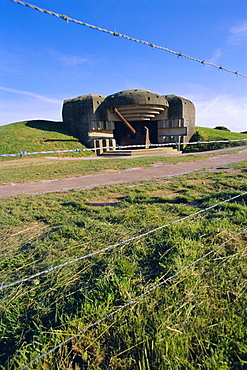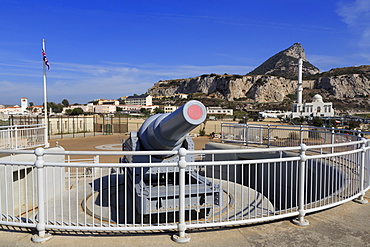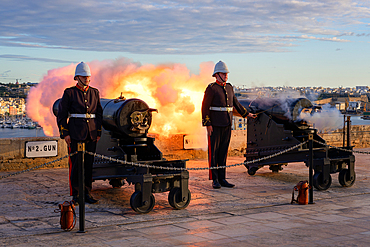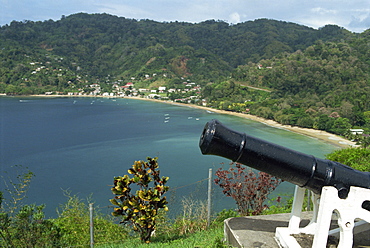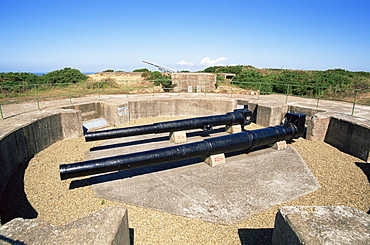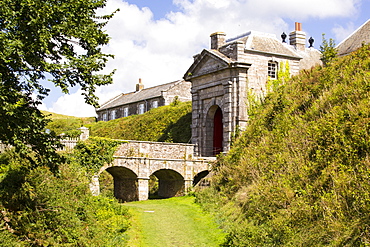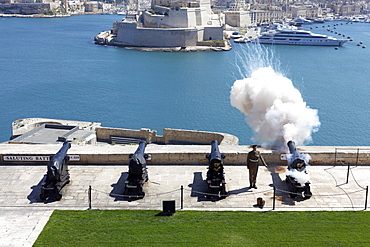Results
12 results found
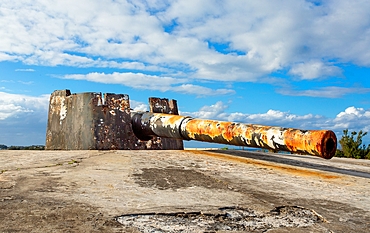
St. David's Battery, UNESCO, four guns installed 1910 by British to defend deep water channel leading to Royal Navy Dockyard and Hamilton, Bermuda
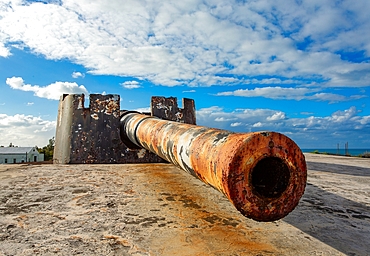
St. David's Battery, UNESCO, four guns installed 1910 by British to defend deep water channel leading to Royal Navy Dockyard and Hamilton, Bermuda
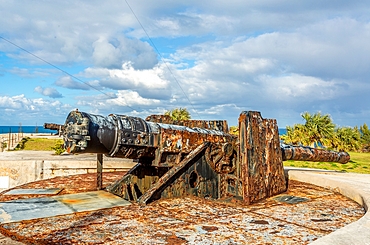
St. David's Battery, UNESCO, four guns installed 1910 by British to defend deep water channel leading to Royal Navy Dockyard and Hamilton, Bermuda
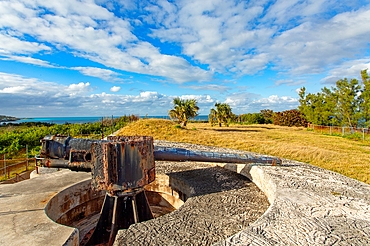
St. David's Battery, UNESCO, four guns installed 1910 by British to defend deep water channel leading to Royal Navy Dockyard and Hamilton, Bermuda
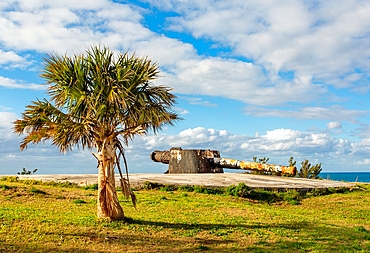
St. David's Battery, UNESCO, four guns installed 1910 by British to defend deep water channel leading to Royal Navy Dockyard and Hamilton, Bermuda
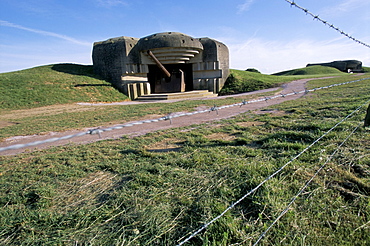
Battery casemate on D-Day coast, dating from Second World War, Longues sur Mer, Calvados, Normandy, France, Europe
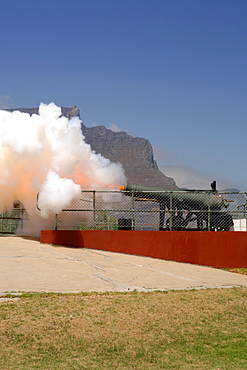
The noon gun firing in Cape Town.
The daily noon gun is Cape Town’s oldest living tradition and the two cannons used are the oldest guns in daily use in the world. They have marked the midday hour in the mother city in this distinctive, albeit noisy manner since early 1806. The cannons were cast in Britain in 1794 and still bear the royal crest of King George the third. The firing of the cannon was originally to give ships in the bay a means of re-setting their clocks accurately.

View of one of the two noon guns at Lion Battery on Signal Hill in Cape Town.
The daily noon gun is Cape Town’s oldest living tradition and the two cannons used are the oldest guns in daily use in the world. They have marked the midday hour in the mother city in this distinctive, albeit noisy manner since early 1806. The cannons were cast in Britain in 1794 and still bear the royal crest of King George the third. The firing of the cannon was originally to give ships in the bay a means of re-setting their clocks accurately.
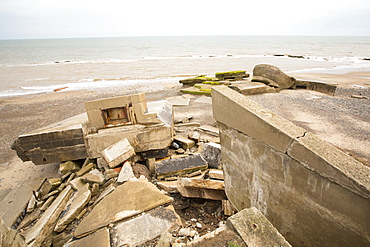
The Remains of the Godwin battery on the beach at Kilnsea at the head of Spurn point on Yorkshires East Coast, UK. Initially constructed during the First World War, the Godwin Battery was added to during the Second World War. It comprised of gun emplacements, search light, barracks, officers’ mess, and a hospital. This section of coastline is the fastest eroding coastline in Europe. The soft boulder clay cliffs are easily eroded and have been eroding since Roman Times, but recently the climate change impacts of increased stormy weather, increased heavy rainfall events and sea level rise have accelerated the rate of erosion. The average rate of attrition is 1.5metres per year, last year it was 5 metres.
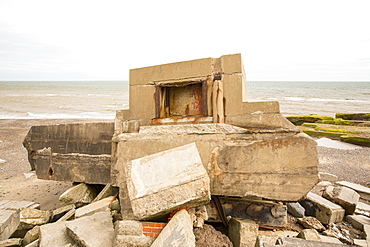
The Remains of the Godwin battery on the beach at Kilnsea at the head of Spurn point on Yorkshires East Coast, UK. Initially constructed during the First World War, the Godwin Battery was added to during the Second World War. It comprised of gun emplacements, search light, barracks, officers’ mess, and a hospital. This section of coastline is the fastest eroding coastline in Europe. The soft boulder clay cliffs are easily eroded and have been eroding since Roman Times, but recently the climate change impacts of increased stormy weather, increased heavy rainfall events and sea level rise have accelerated the rate of erosion. The average rate of attrition is 1.5metres per year, last year it was 5 metres.


